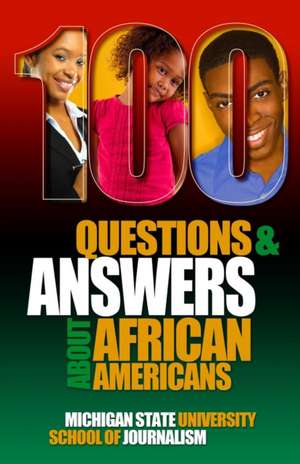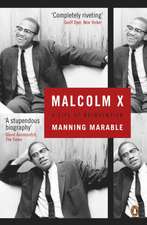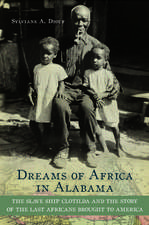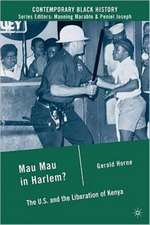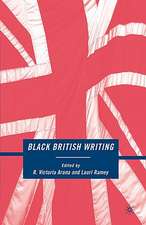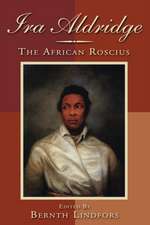100 Questions and Answers About African Americans: Bias Busters, cartea 9
Autor Michigan State School of Journalismen Limba Engleză Paperback – 17 ian 2016
Preț: 97.53 lei
Nou
Puncte Express: 146
Preț estimativ în valută:
18.67€ • 19.26$ • 15.48£
18.67€ • 19.26$ • 15.48£
Carte tipărită la comandă
Livrare economică 20 februarie-06 martie
Preluare comenzi: 021 569.72.76
Specificații
ISBN-13: 9781942011194
ISBN-10: 1942011199
Pagini: 84
Dimensiuni: 140 x 216 x 5 mm
Greutate: 0.12 kg
Editura: The Michigan State University School of Journalism
Colecția Bias Busters
Seria Bias Busters
ISBN-10: 1942011199
Pagini: 84
Dimensiuni: 140 x 216 x 5 mm
Greutate: 0.12 kg
Editura: The Michigan State University School of Journalism
Colecția Bias Busters
Seria Bias Busters
Notă biografică
Led by editor and teacher Joe Grimm, a journalism class at Michigan State University gathered comments from college students about what they really say about their instructors but do not reveal in person. Those comments, from interviews, written on index cards and posted on social media, became the starting points for explorations into how professors, teaching assistants and other college teachers can be more effective. Grimm has spent about 40 years teaching in college classrooms as an adjunct and faculty members and almost 20 years evaluating students as a newspaper recruiter. The students on this project had majors or minors in more than 10 fields of study. The concept of the book is to have students raise the questions and criticisms and to then find classic, goal-oriented techniques that make teaching for more effective teaching in those situations. Many of the answers come from award-winning teachers and those who train them. This book complements and refers to other teaching literature, but does so from the point of view of college's ultimate consumers: the students.
